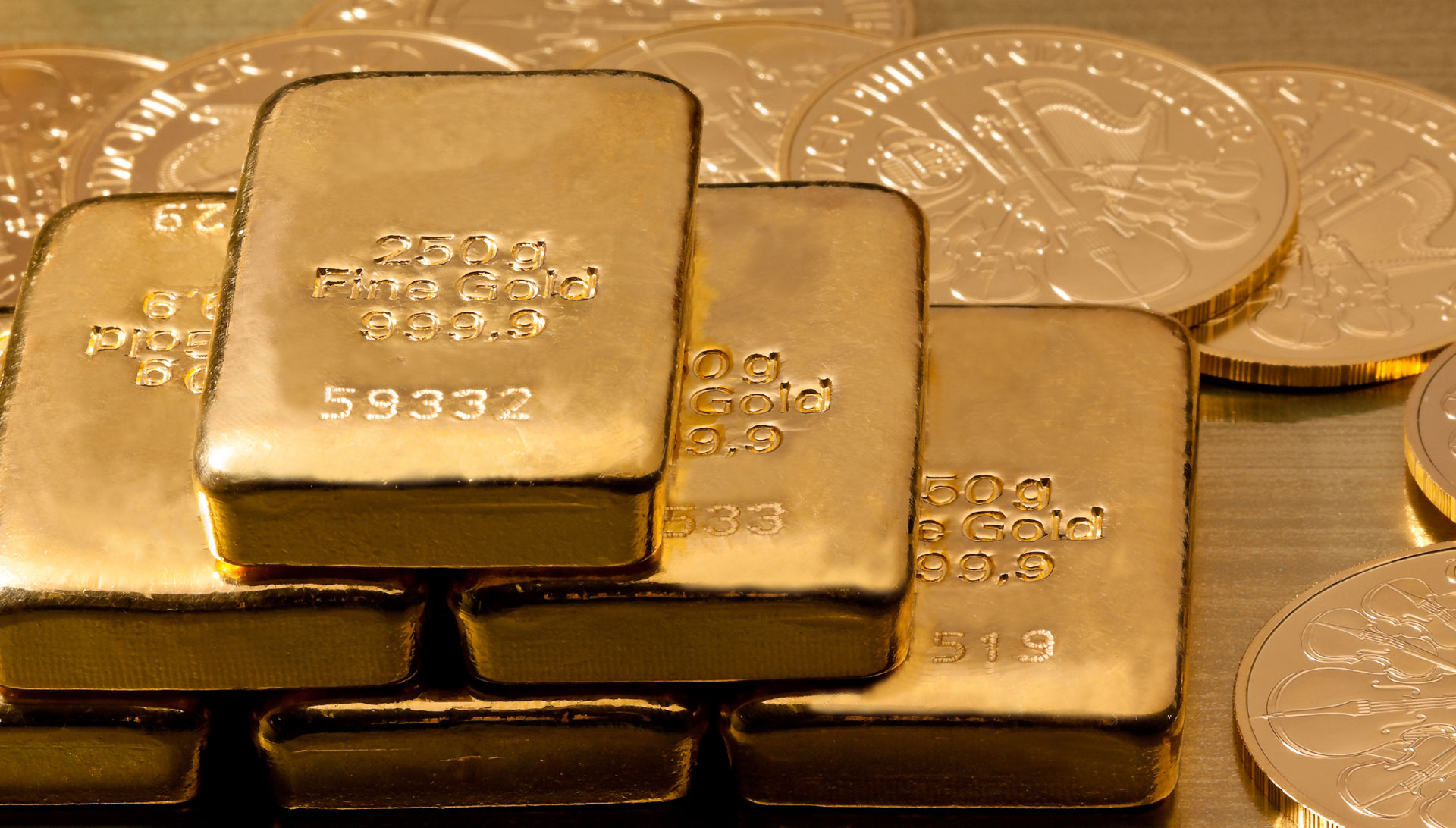In June, tensions between the Iraqi government and insurgent collective, ISIS escalated—and so did gold prices.
It was roughly the same scenario late last year. Gold prices soared by up to 9 percent after a horrific chemical attack in Syria left hundreds dead and sparked talks of out-and-out U.S. military intervention.
“Gold can smell war,” as pundits say.
While there can be no doubt about the sensitivity of gold in times of geopolitical instability, investors should nonetheless know how exactly the metal reacts to these kinds of situations. As you will see, the behavior of gold before, during, and after military engagement is highly nuanced.
Why do gold prices rise in war?
Gold is the currency of conflict. In wartime, this commodity holds court as money, whereas paper money is rendered relatively insignificant.
In view of this, governments keep vast reserves of gold just in case of armed provocation: Weapons and war machines are essentially bought with gold. This is why the NY Federal Reserve ended up with the bulk of the world’s gold deposits right after World War II.
In fact, a government can treat gold as a bargaining chip, with the ability to cripple a rogue power. Just take a look at Syria. In 2012, at the height of sanctions from the international community, the Assad-ruled nation desperately sold almost 26 tons of its gold reserves. Apparently, one of Europe’s sanctions against Syria forbade its governmental institutions from trading in gold, silver, and other precious commodities.
When to buy gold
Times of political turmoil can actually be ideal for going on a gold-buying spree. Gold practically went into orbit in the days leading to the bloody Gulf War, specifically as Iraq was invading Kuwait in 1990. Prices somewhat leveled off thereafter before rising steeply once more when Operation Desert Storm launched in Iraq in 1991.
Gold was just as responsive when the US was fomenting another Gulf War. In December 2002, three months before Operation Iraqi Freedom, the value of gold vaulted to a six-year high after the Bush administration somehow managed to accuse Iraq of flouting UN’s disarmament resolution.
Similarly, Bush was mulling war with Iran in 2007 when the price of gold reached $806 an ounce, a peak unseen in 27 years.
That said, it’s worth noting that gold prices in these examples did not peak during the war itself. The tendency, it seems, is that gold attains its zenith either in the run-up to or at the onset of military aggression after which, the metal tends to slide to pre-war prices.
Takeaway
Demand for gold reaches intensity like no other event than during war. Rumours of war alone are enough to catapult the metal to historic highs. For obvious reasons, wartime is when you would want to unload your gold, if only because there is no assurance that the event would have permanent repercussions on bullion prices.
Of course, you should take into account other factors. Consider buying or selling gold when the economic indicators of war are palpable, e.g. a flailing US dollar and loosening of a central bank’s monetary policies. Put another way, when the world is in peace and prosperity, the price of gold tends to be unexciting, and you should make an investment decision accordingly.
 Invest Smart Asset Protection and Investment News
Invest Smart Asset Protection and Investment News




